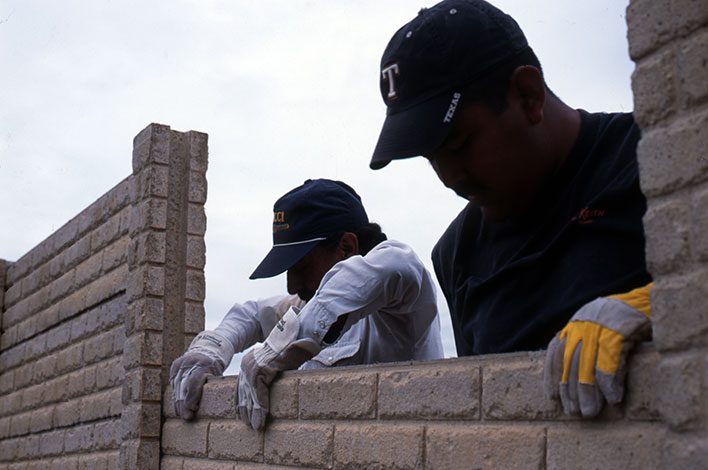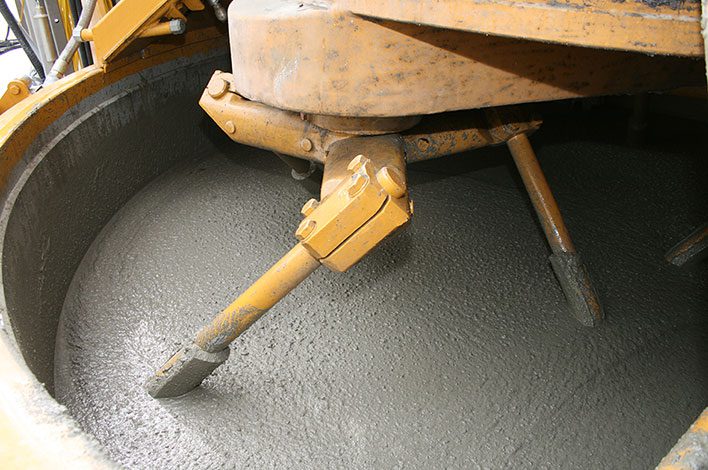After a year of stronger-than-expected GDP growth, driven largely by government spending and increased business investment in factories and equipment, the U.S. economy is expected to slow as the calendar moves into 2024. Elevated inflation, high interest rates, dissipating savings and rising consumer debt will create mounting headwinds for the coming year.
Despite the Fed’s 17-month drive to curb inflation – which was down to 3.7% at the end of the third quarter – the reshuffling of labor markets and supply chains have made it difficult for monetary policy alone to ease prices. Worker shortages and ongoing high inflation have kept wages high and unemployment low. All while the fluctuating availability of critical input materials and higher energy costs have kept prices elevated.
At the September FOMC meeting, U.S. Federal Reserve Chairman Jerome Powell eluded to one last rate hike in 2023, signaling that the Fed may be nearing the end of its inflation-fighting campaign.
According to the latest Consensus Construction report from The American Institute of Architects (AIA), leading industry economists expect spending growth for commercial, institutional and industrial buildings to peak at 19.7% this year.

“The first half of this year has seen gains in construction spending on nonresidential buildings approaching 20%. However, this scorching growth rate is expected to moderate a bit moving into the third and fourth quarters,” AIA Chief Economist Kermit Baker wrote. “Even with the easing in supply chain issues and the improved pricing of many construction materials and products, elevated interest rates, more restrictive lending on the part of banks, nervousness over the direction of the economy and construction labor constraints are expected to slow the pace of growth.”
With smaller gains expected in 2024, the AIA forecast anticipates a 2% increase in overall building spending next year and just a 5% increase in spending in the industrial sector. Even with the anticipated slowdown, construction spending is expected to remain elevated through next year.
Growth is forecast to continue in the manufacturing and data center segments while multifamily, retail, warehouse, office and lodging will begin to slow primarily due to rising interest rates.
Government funding, including the Infrastructure Investment and Jobs Act, CHIPS and Science Act and the Inflation Reduction Act will continue to drive infrastructure, manufacturing and power construction. However, funds will take time to reach construction projects and Build America, Buy America (BABA) could potentially delay construction starts for years. There are several unknowns that cloud next year’s forecast. The potential for a government shut down (as of this writing) in November, the Israel-Hamas war and UAW strikes will impact the global economy, to what extent remains to be seen.
